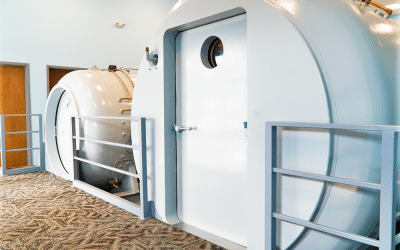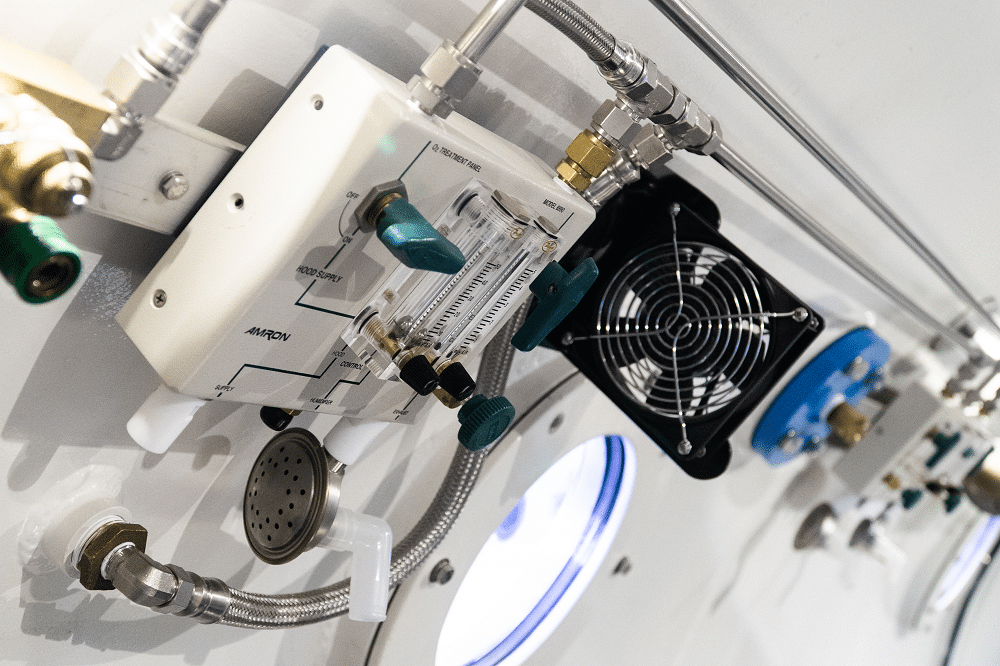Abstract The microcirculation is responsible for orchestrating adjustments in vascular tone to match local tissue perfusion with oxygen demand. Beyond this metabolic dilation, the microvasculature plays a critical role in modulating vascular tone by endothelial...
Osteoarthritis
Hyperbaric oxygen – its mechanisms and efficacy
Principal mechanisms of HBO2 are based on intracellular generation of reactive species of oxygen and nitrogen. Reactive species are recognized to play a central role in cell signal transduction cascades and the discussion will focus on these pathways. Systematic reviews and randomized clinical trials support clinical use of HBO2 for refractory diabetic wound healing and radiation injuries; treatment of compromised flaps and grafts and ischemia-reperfusion disorders is supported by animal studies and a small number of clinical trials, but further studies are warranted.
The role of synovitis in pathophysiology and clinical symptoms of osteoarthritis
Abstract Osteoarthritis (OA), one of the most common rheumatic disorders, is characterized by cartilage breakdown and by synovial inflammation that is directly linked to clinical symptoms such as joint swelling, synovitis and inflammatory pain. The gold-standard...
Oxidative stress in secondary osteoarthritis: from cartilage destruction to clinical presentation?
Abstract Due to an increasing life expectance, osteoarthritis (OA) is one of the most common chronic diseases. Although strong efforts have been made to regenerate degenerated joint cartilage, OA is a progressive and irreversible disease up to date. Among other...
Hyperbaric oxygen treatment is comparable to acetylsalicylic acid treatment in an animal model of arthritis.
Approximately 1 in 5 adults in the United States are affected by the pain, disability, and decreased quality of life associated with arthritis. The primary focus of treatment is on reducing joint inflammation and pain through a variety of pharmacotherapies, each of which is associated with various side effects. Hyperbaric oxygen therapy is an alternative treatment that has been recommended to treat a variety of inflammatory diseases, ranging from chronic brain injury to exercise induced muscle soreness. The purpose of this set of experiments was to explore the effect of hyperbaric oxygen therapy on joint inflammation and mechanical hyperalgesia in an animal model of arthritis, and compare these effects to treatment with aspirin. Hyperbaric oxygen therapy significantly reduced both joint inflammation and hyperalgesia. As compared with aspirin treatment, hyperbaric treatment was equally as effective in decreasing joint inflammation and hyperalgesia. This article reports that hyperbaric oxygen treatment decreases pain and inflammation in an animal model of arthritis. The effect of hyperbaric oxygen treatment is very similar in magnitude to the effect of acetylsalicylic acid treatment. Potentially, hyperbaric oxygen could be used to treat pain and inflammation in patients with arthritis.
Do antioxidant micronutrients protect against the development and progression of knee osteoarthritis?
Abstract Objective: Cumulative damage to tissues, mediated by reactive oxygen species, has been implicated as a pathway that leads to many of the degenerative changes associated with aging. We hypothesized that increased intake of antioxidant micronutrients might be...
Superoxide Dismutase and Hyperbaric Oxygen Therapy of the Patient with Rheumatoid Arthritis
Cu, Zn-SOD values were measured by enzyme immunoassay in the synovial fluid, leukocytes in the synovial fluid, synovial membrane, and leukocytes in blood of the patients with rheumatoid arthritis. SOD activity, lipoperoxide value in serum, ESR, and Lansbury’s index of the patients with rheumatoid arthritis under hyperbaric oxygen (HBO) therapy were also investigated. SOD values of synovial fluid and of leukocytes in synovial fluid from rheumatoid arthritis group were found to be higher than those from osteoarthritis group. No significant difference was found the SOD values in leukocytes of blood and synovial membrane between two groups. In the patients with rheumatoid arthritis under HBO therapy the SOD activity was increased, whereas lipoperoxide values was decreased.







